Turn right at the end of “The Street” in Brundish, East England, and you’ll find a workshop where vintage Volvo cars are being restored and turned into rally cars. Of course, with a little help from Original Prusa 3D printers. Welcome to Emma’s and Rob’s kingdom – Amazon Cars!
If you own an old car, you know how hard it is to find a mechanic who can get rare parts and fix things like they used to. The good news is that these skilled people still exist, and their love and passion for old cars are simply incredible. Emma and Rob Henchoz are this kind of people – for more than 20 years, they’ve run a family business specializing in Volvos of the 60s and 70s. They repair, tune, replace, and even develop and help – as they like to say – “to keep classic Volvo drivers up to speed.”
Restoring these cars requires skill and ingenuity in getting the old and new parts. And that’s where 3D printing comes in – helping to make the parts that are no longer available, making custom new parts that boost the performance, and quickly developing parts to customize a car into a racing machine.
The history of Amazon cars goes down to 2001 when one of their parts suppliers mentioned to Rob that he was retiring. So they bought his business and established their own company, which focused more on motorsports. Over the years, they’ve navigated through numerous challenges and adapted to various trend shifts like the rise of YouTube or changes and complications brought by Brexit. They even have a Patreon with a series of instructional videos on old Volvos maintenance.
When discussing old cars over tea (the rumors are true – in England, it’s mandatory to drink tea all the time!), you wouldn’t have guessed that their backgrounds are very different from what you’d expect: Rob was an electronics engineer with the Royal Navy, and Emma was a geologist. But they were both passionate about vintage cars and racing. You can read about their older vehicles on their website. Even their daughters are skilled drivers, and Amy, the elder one, still occasionally drives races with Rob!
Welcome to Volvoland
After that cup of tea, Rob gave us a tour of the workshop: A huge warehouse filled both with whole cars and boxes full of various parts. Each vehicle has a different story. Like a shiny white Volvo, the first one Rob and Emma bought. On weekdays, it was their regular drive. On weekends, their rally car. Ultimately, they only retired it from the races because it was “simply too good-looking to rally.” One of the other cars gave their company a name – the dark green Volvo Amazon!
“This is one of the finest examples of this car you’ll see,” Rob proudly says. “Very well cared for, in mint condition,” he adds. And he’s right; the car simply looks stunning. It’s a model from 1967 called 123GT – one of the 1500 ever built. We had to resist the temptation to ask Rob to take it for a ride…
3D printing essential parts
3D printing is used for two primary purposes at Amazon Cars. The first one is remanufacturing parts that are no longer available. A good example is air filter boxes. They are placed on top of the carburetor. Thanks to 3D printing, Rob customized them to fit into a particular car model. Some Volvos need an engine breather, meaning the box needs a small hole with a breather tube. With 3D printing, Rob modified the part and even added a 3D-printed tube with an m18 thread. If the Volvo doesn’t need a breather, you can simply plug the hole with a printed screw with a hexagon head.
Another handy upgrade for Volvos with SU carburetors is a 3D-printed oil tank holder. When driving competitively (a nice way of saying you’re racing), you can consume all of the oil in the damper dashpots in a single day. It is, therefore, convenient to have an oil supply on hand. Rob made a simple cup near the carburetor to refill the pot quickly and effectively.
The front hood mountings are also 3D-printed – an elegant solution that saves weight (when racing, every gram counts!). The top and bottom brackets are printed with ASA to withstand the heat and pressure under the hood. “It works beautifully,” says Rob.
Last year, Volvo contacted Rob and Emma with a Volvo 140 restoration project missing a small but crucial part: Windshield clips. They are no longer produced, and 23 are needed to secure the windscreen. Rob didn’t have them in stock. However, using a 3D printer with ASA filament, he managed to produce perfect replicas. Both Rob and Volvo were satisfied with the outcome.
Custom racing parts
The second use case for 3D printing is custom racing parts. For racing, you need various equipment, instruments, and special modifications. Rob showed us several examples in the cabin of one of his cars he was preparing for a race. We were amazed at how many 3D-printed parts we found – even near the gear-shift lever – a perfectly fitted printed cover prevents water from going up the gear-shifting tunnel and splashing the crew inside while driving through deep water. Oh yes, these things happen more often than you’d think!
Creating mounting devices is a perfect task for a 3D printer – make a custom frame with holders and screw holes in a shape to fit perfectly. “It’s much more elegant than having to shape, cut, bend, and drill a sheet of aluminum,” says Rob.
One of the things Rob is very proud of is his Curta computer. It’s a mechanical calculator invented in the late 40s, and Rob uses it as a navigator for special stages during the race. It’s a compact yet sophisticated device (often nicknamed “The math grenade”) – by adjusting some levers and gears, it can calculate time, speed, and distances – or even fuel consumption. And to ensure that the levers don’t move accidentally, Rob made a custom locking mechanism. And the Curta storage in the car is also 3D-printed! BTW you can even print a Curta.
How did they start 3D printing?
3D printing was recommended to Rob and Emma by a friend who already used an Original Prusa 3D printer in his electronics-making company and had a very positive experience with it. After seeing a perfect example of manufacturing custom parts, they first bought a cheap 3D printer. It failed to meet their expectations horribly. So they invested in an Original Prusa MK3S and haven’t stopped 3D printing ever since!
“Looking at our business today, I can’t imagine doing our work without it,” says Rob, smiling. “Well, I can, but it would be slow and expensive,” he adds, showing us their 3D printer working in an Ikea Lack-based enclosure on a PETG print. That is the material they use mostly – along with ASA.
As our visit ends, Rob knows what was on our minds the whole time and lets us at least roam one of the cars a little bit. The feeling was well worth it!
“Nothing beats 3D printing,” says Rob, smiling as we said our goodbyes and left in a modern car that suddenly felt like it had no soul.
Well, nothing beats 3D printing AND vintage cars!
Jakub Kmošek, Štěpán Feik and Tanya Nedeva






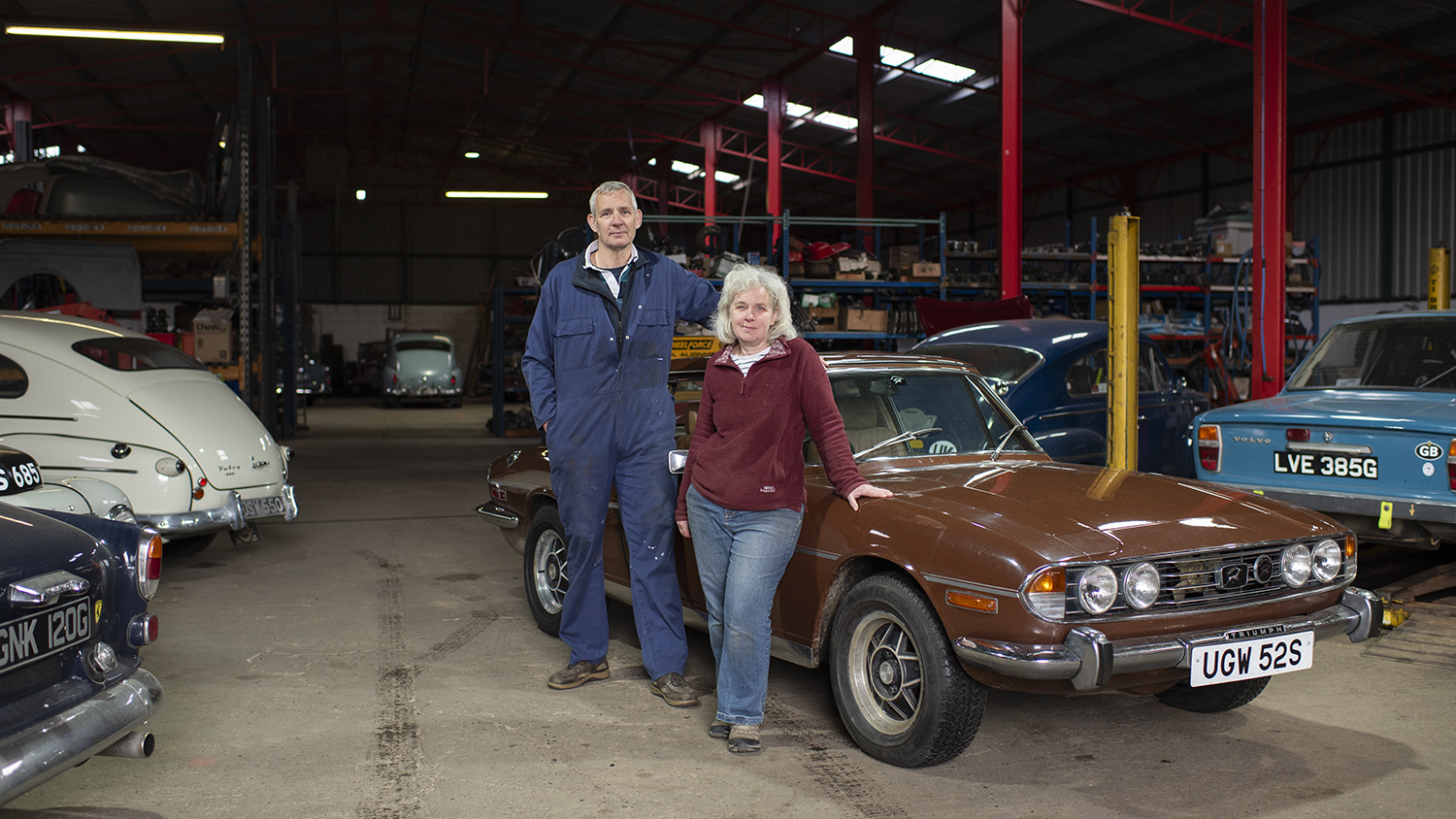
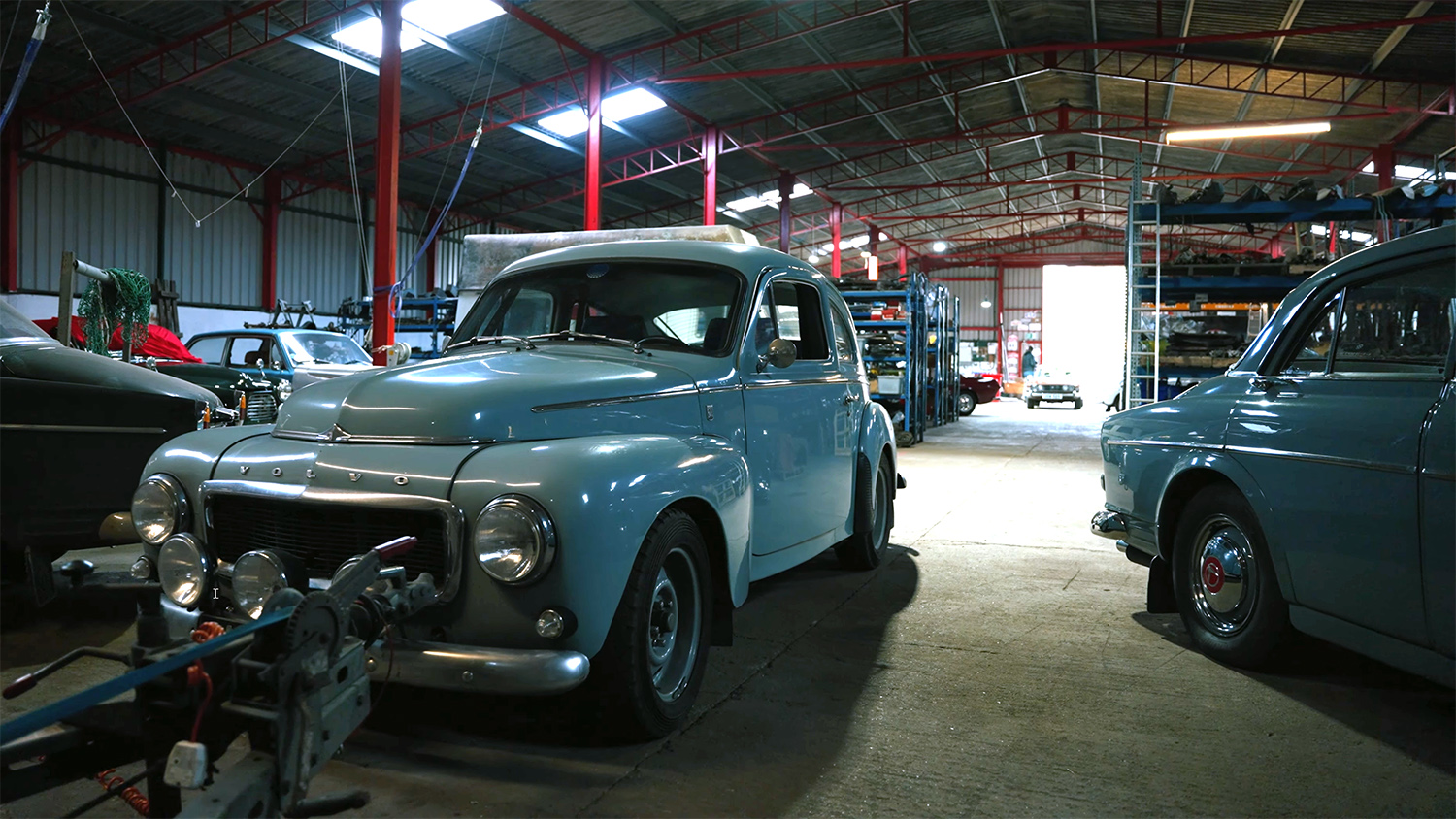

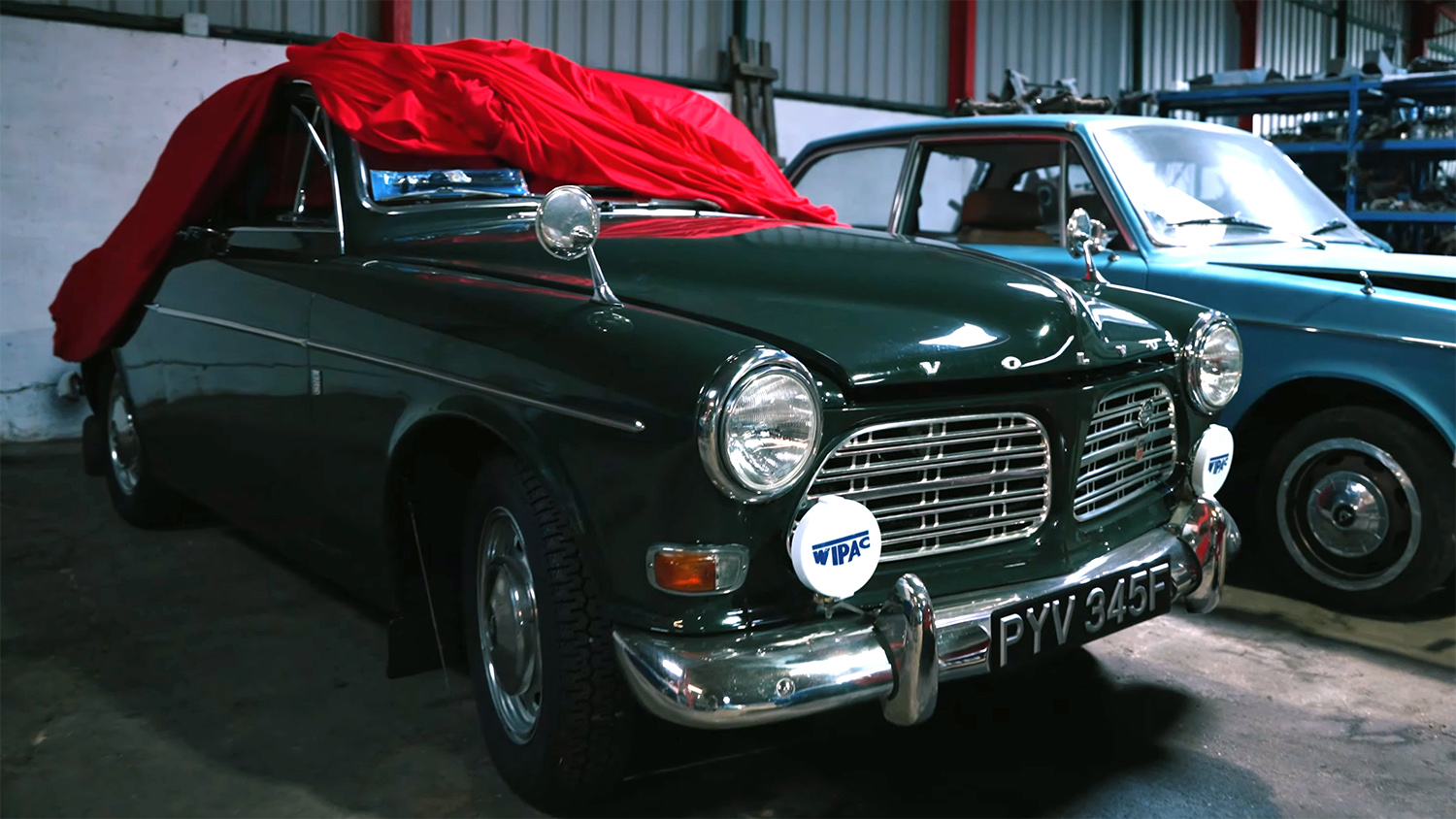
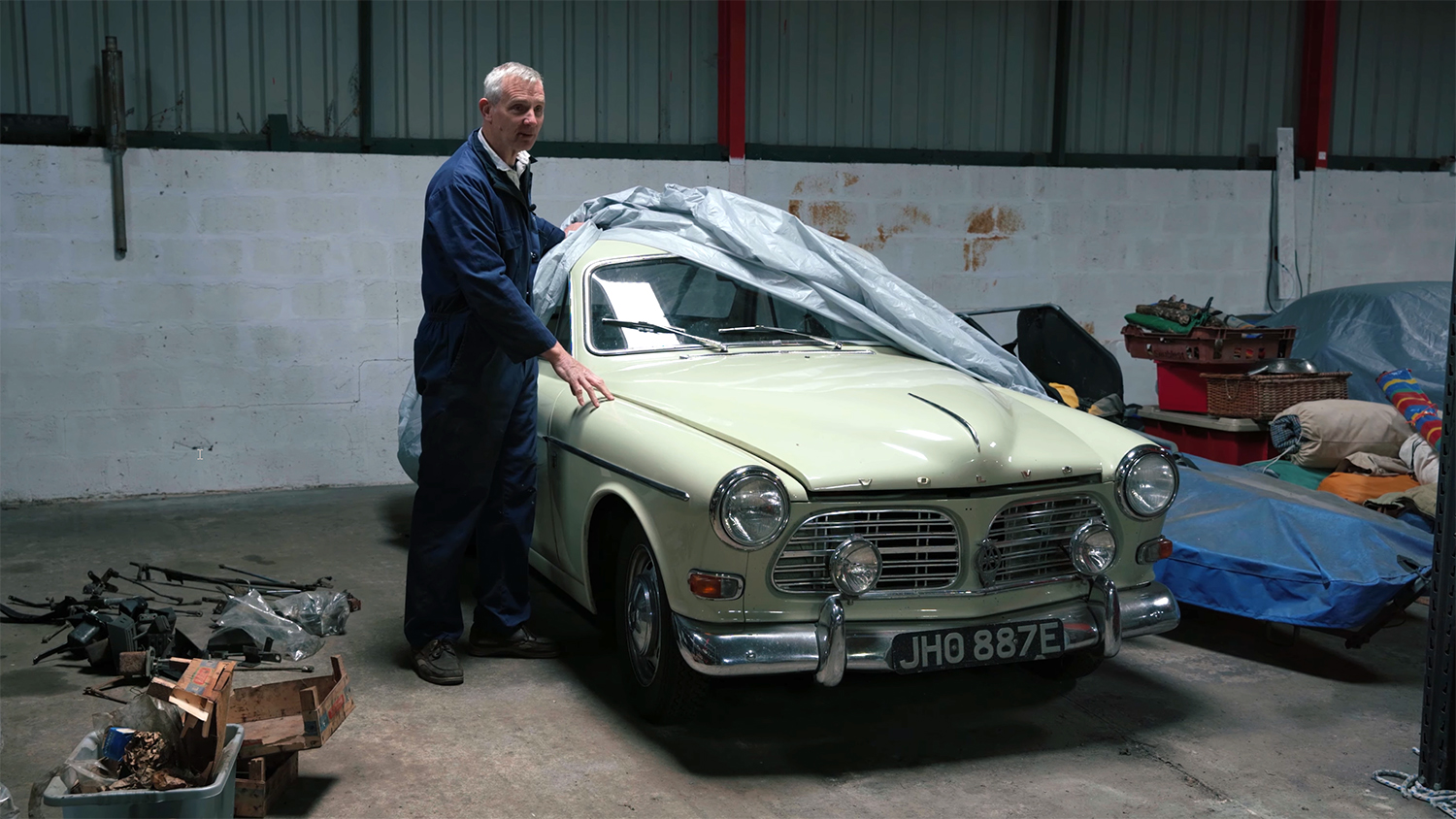
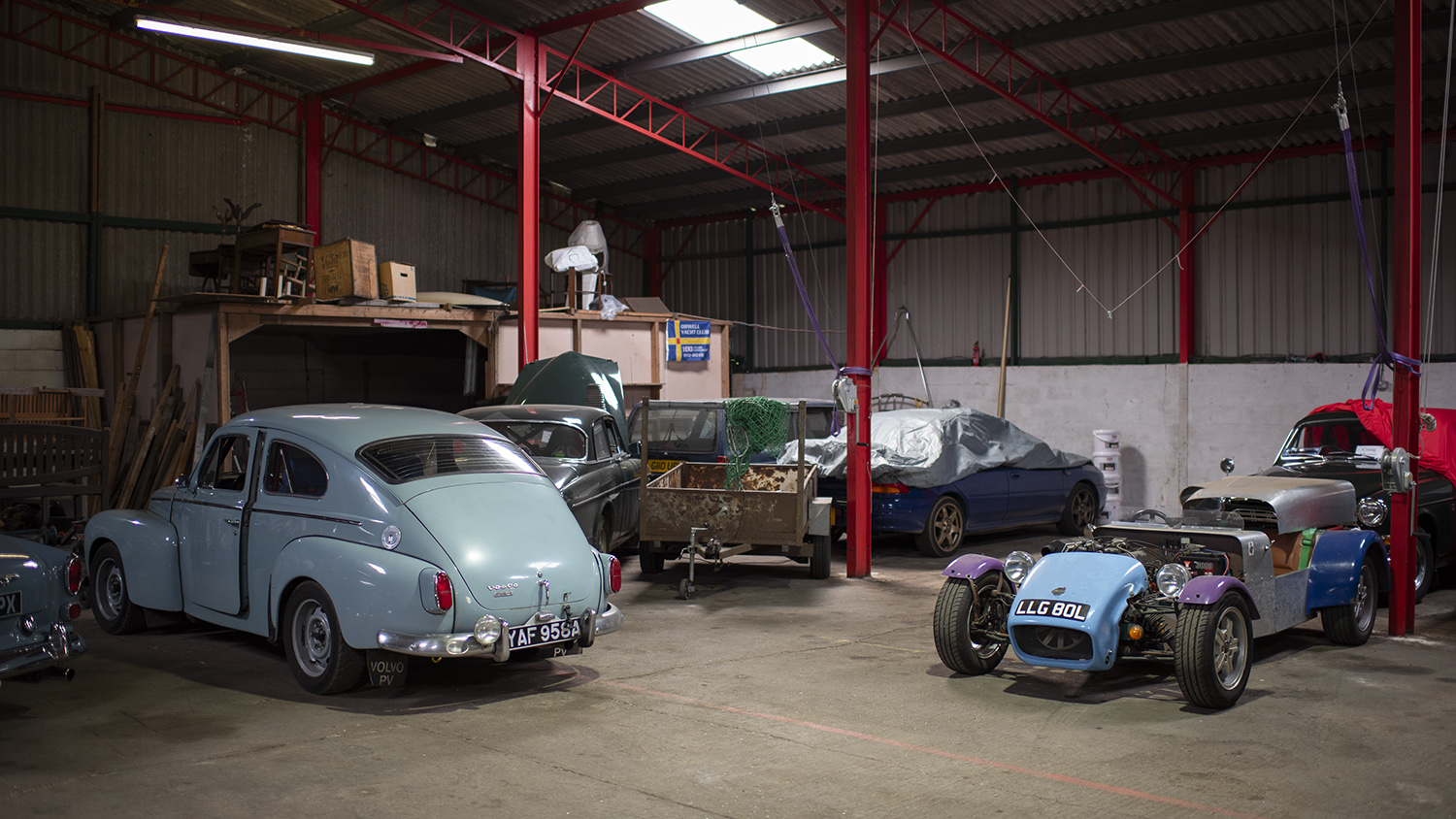
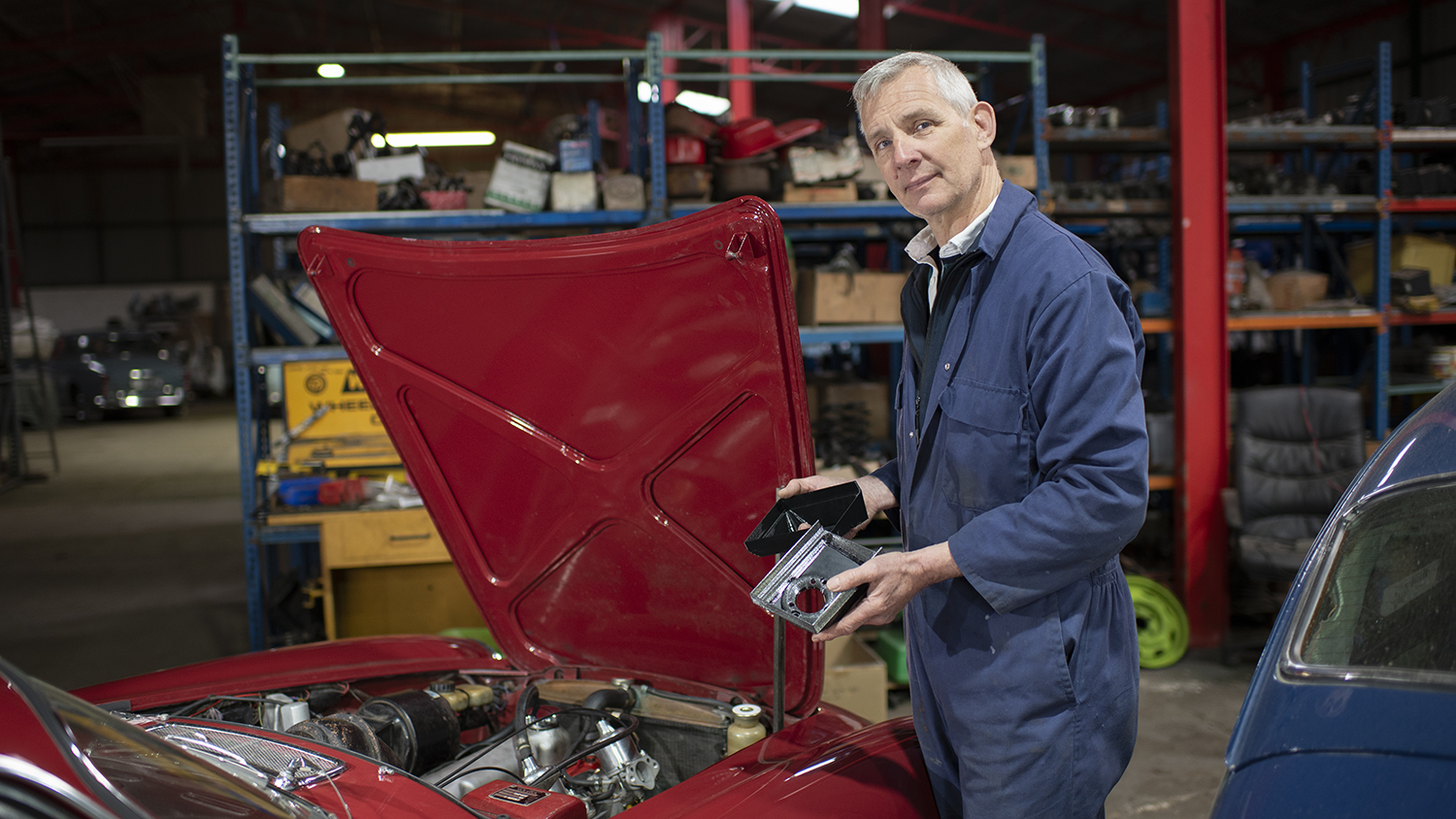

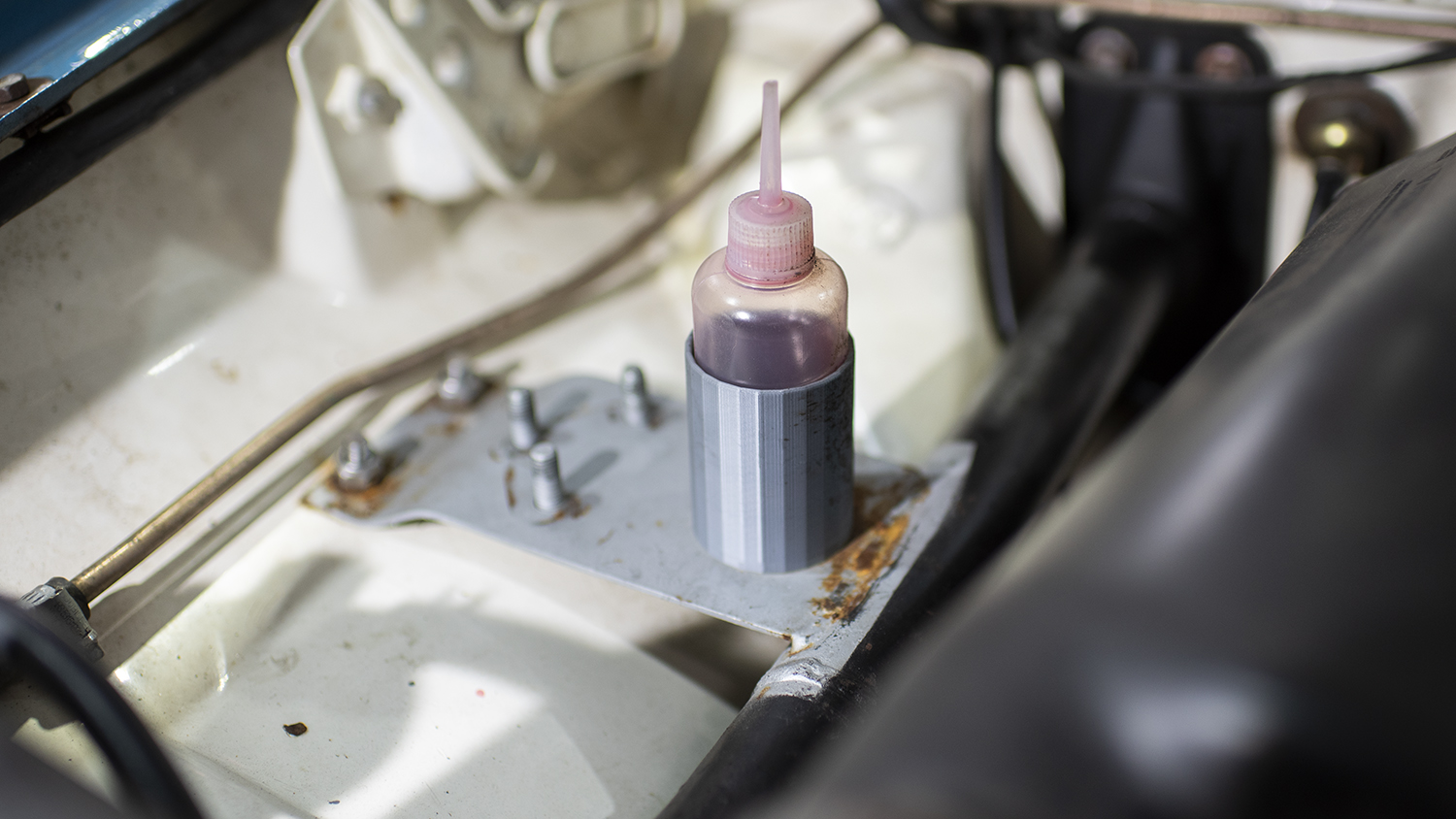
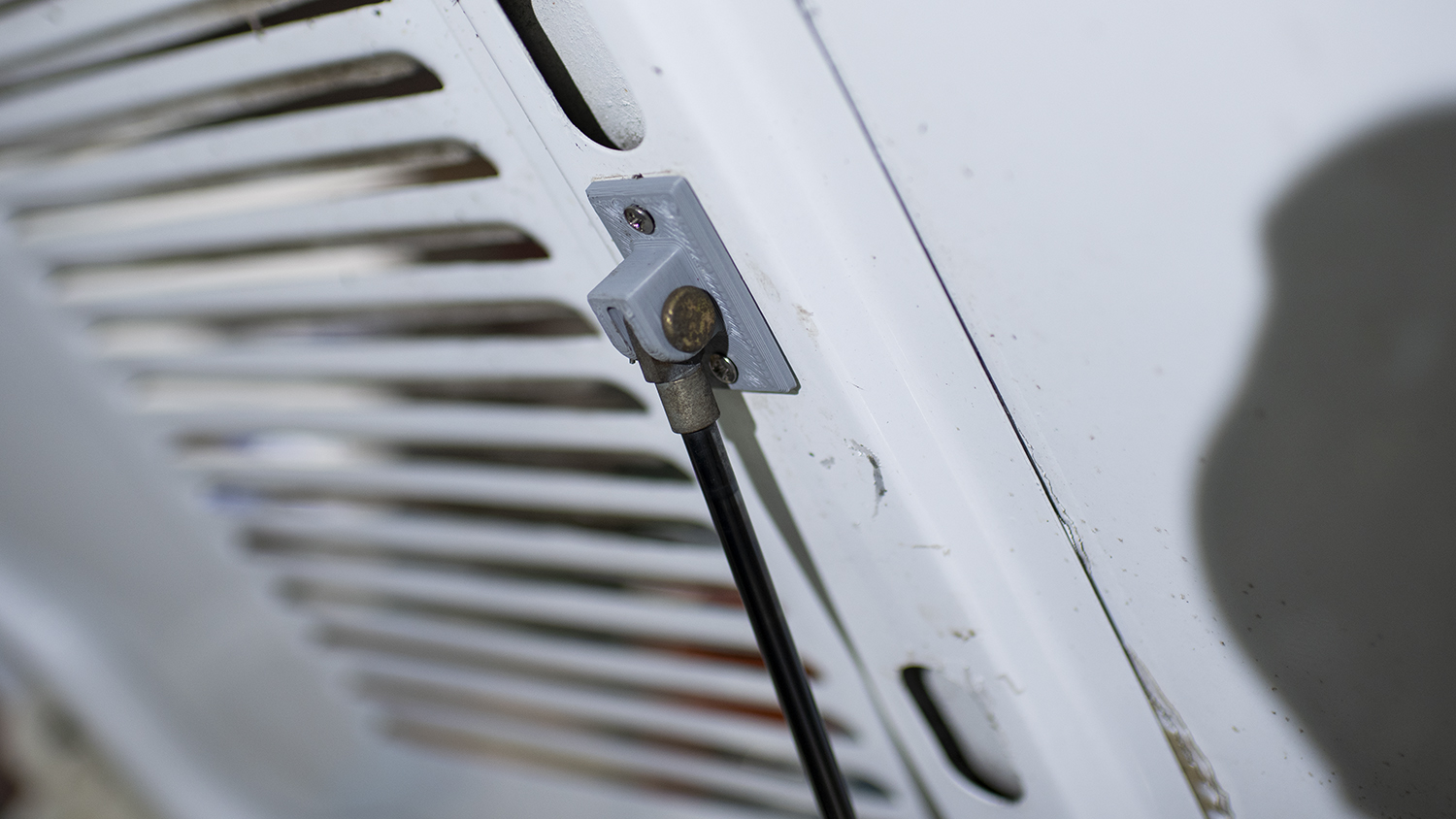
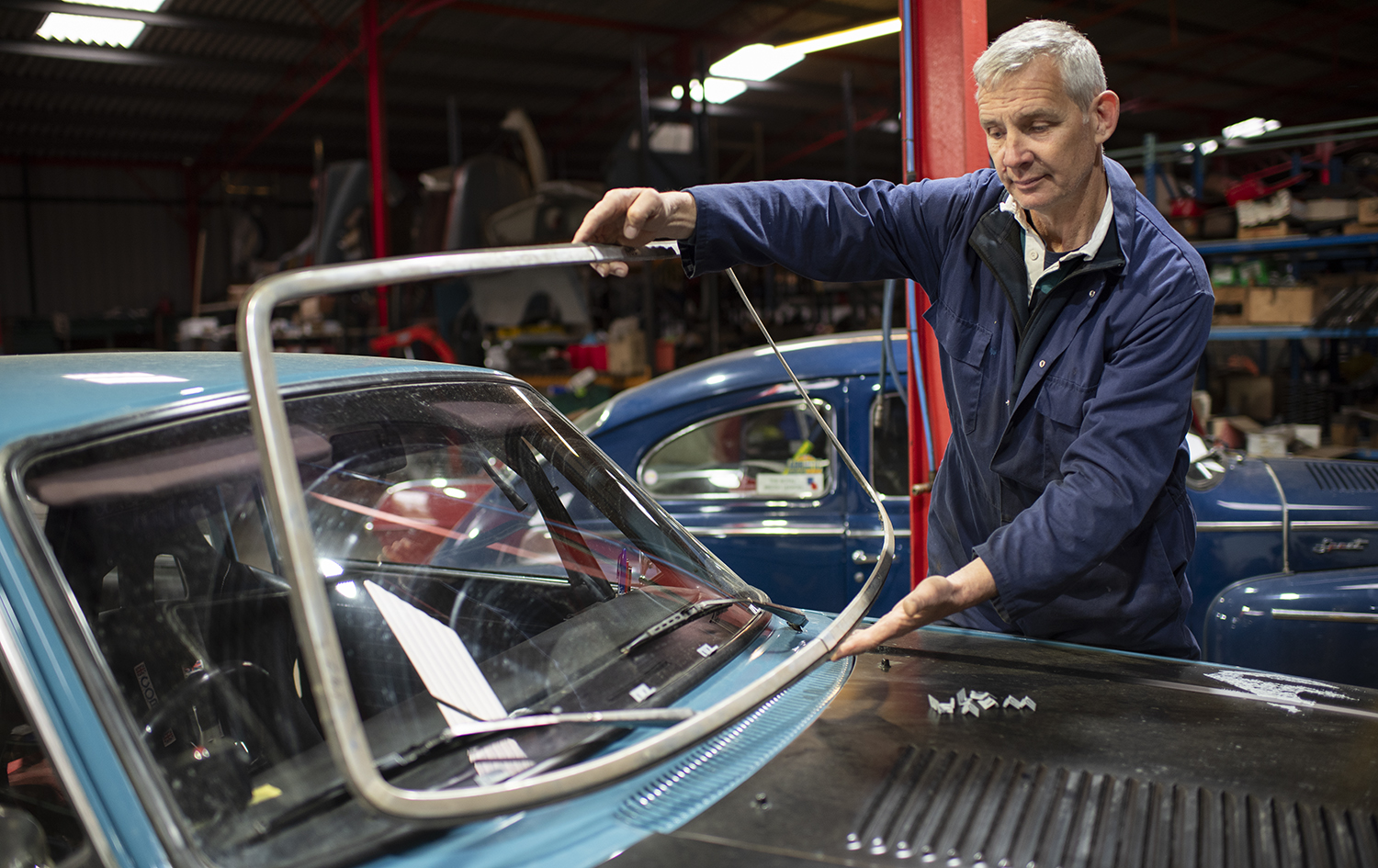
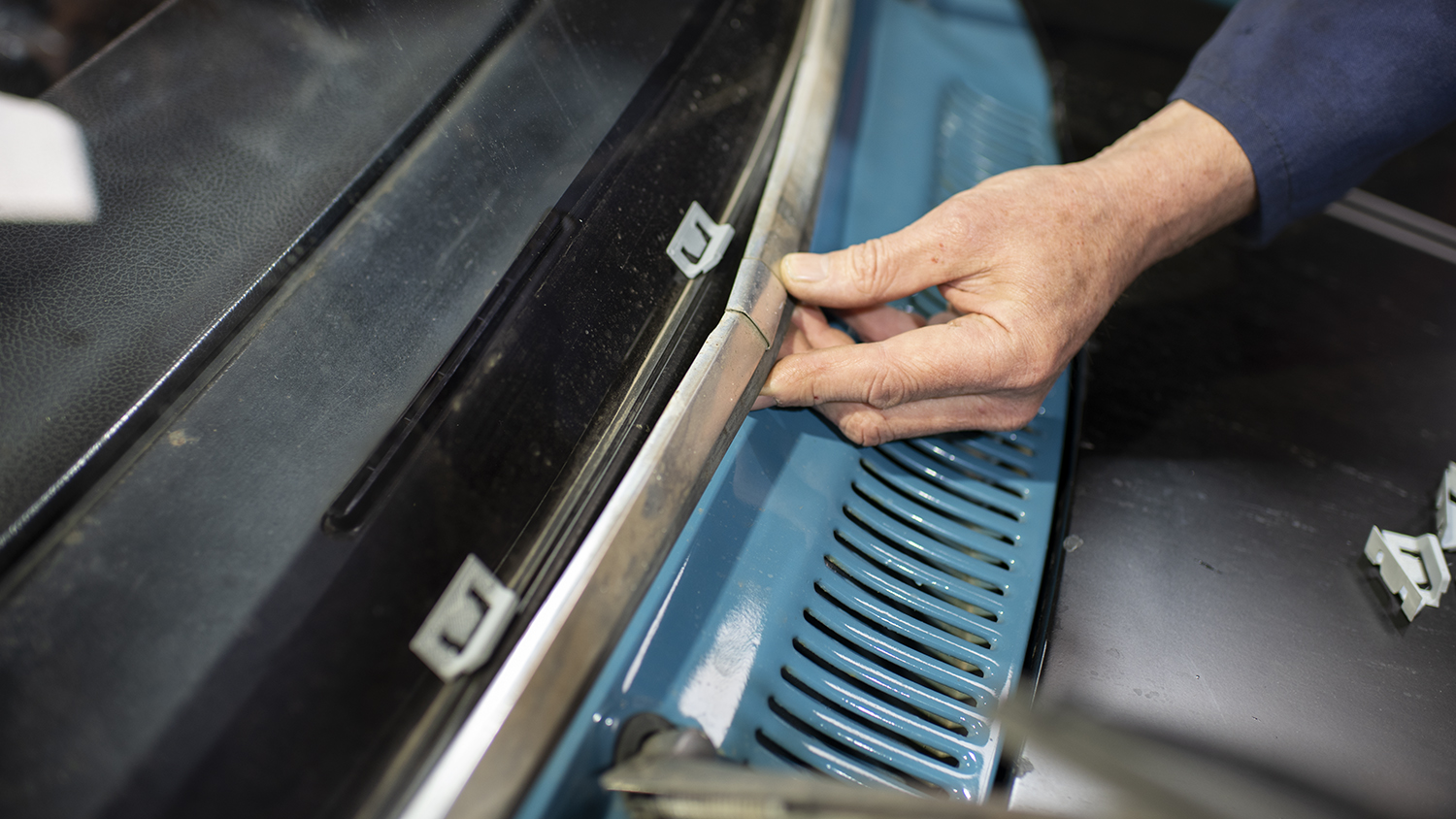
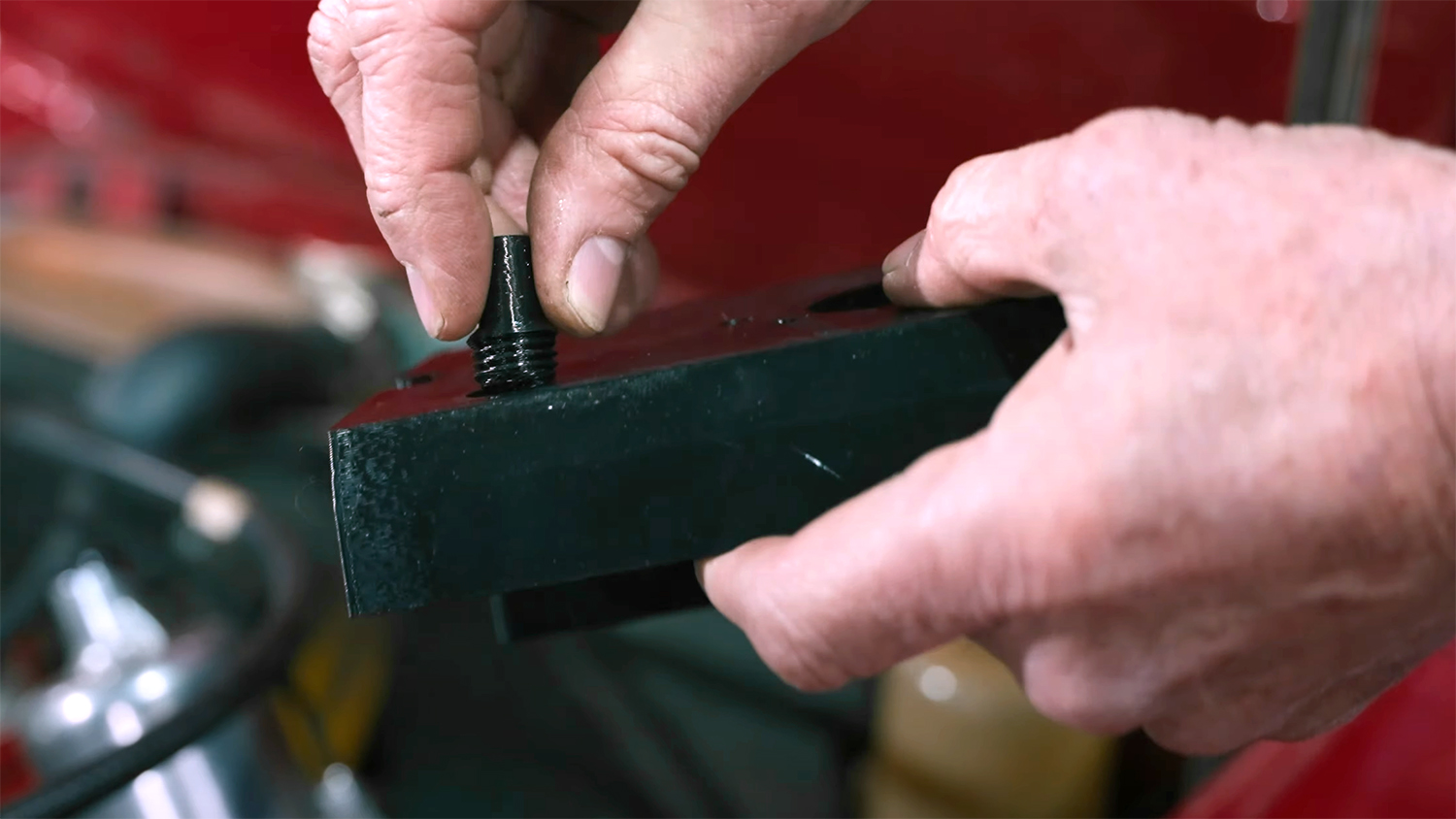

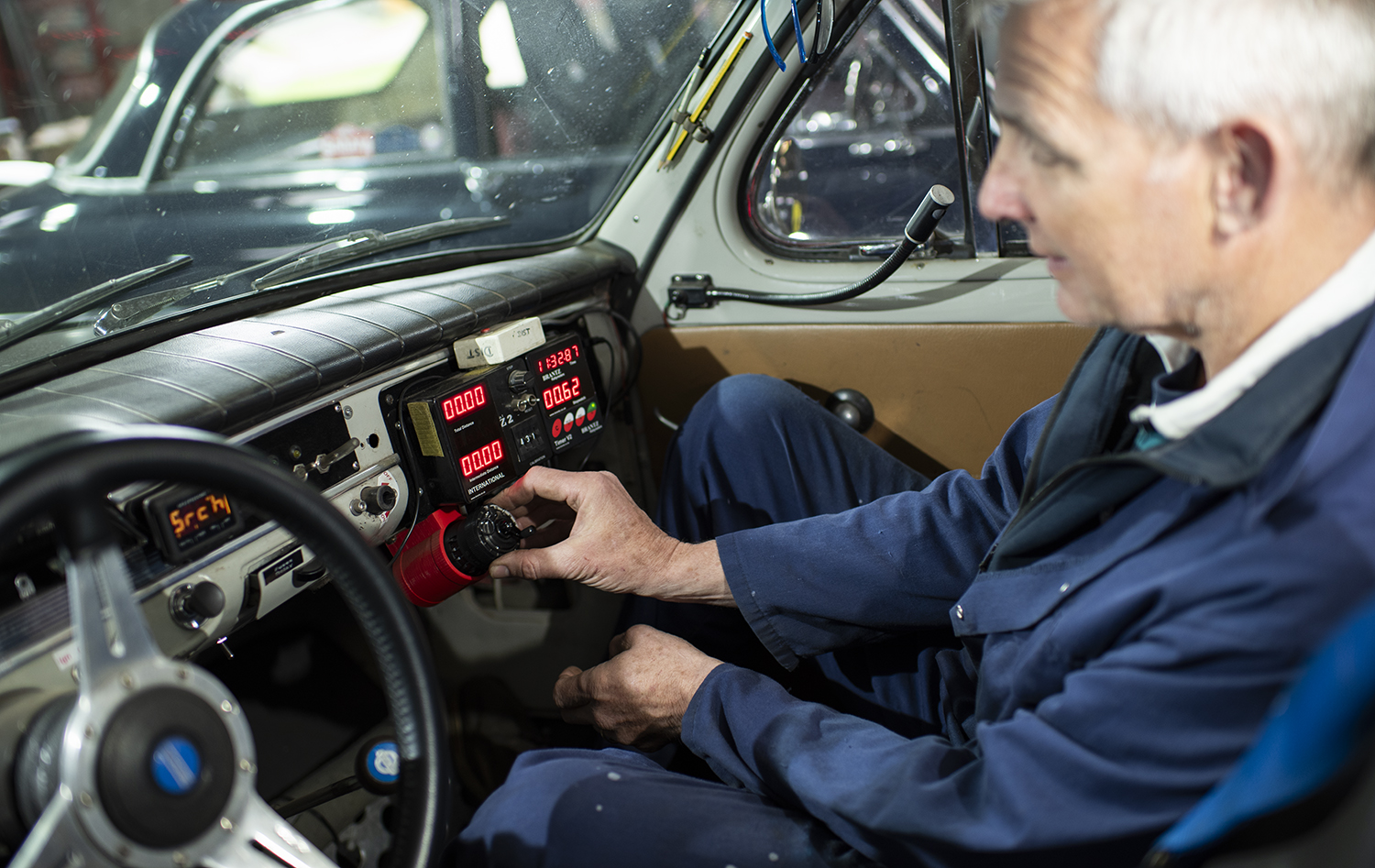
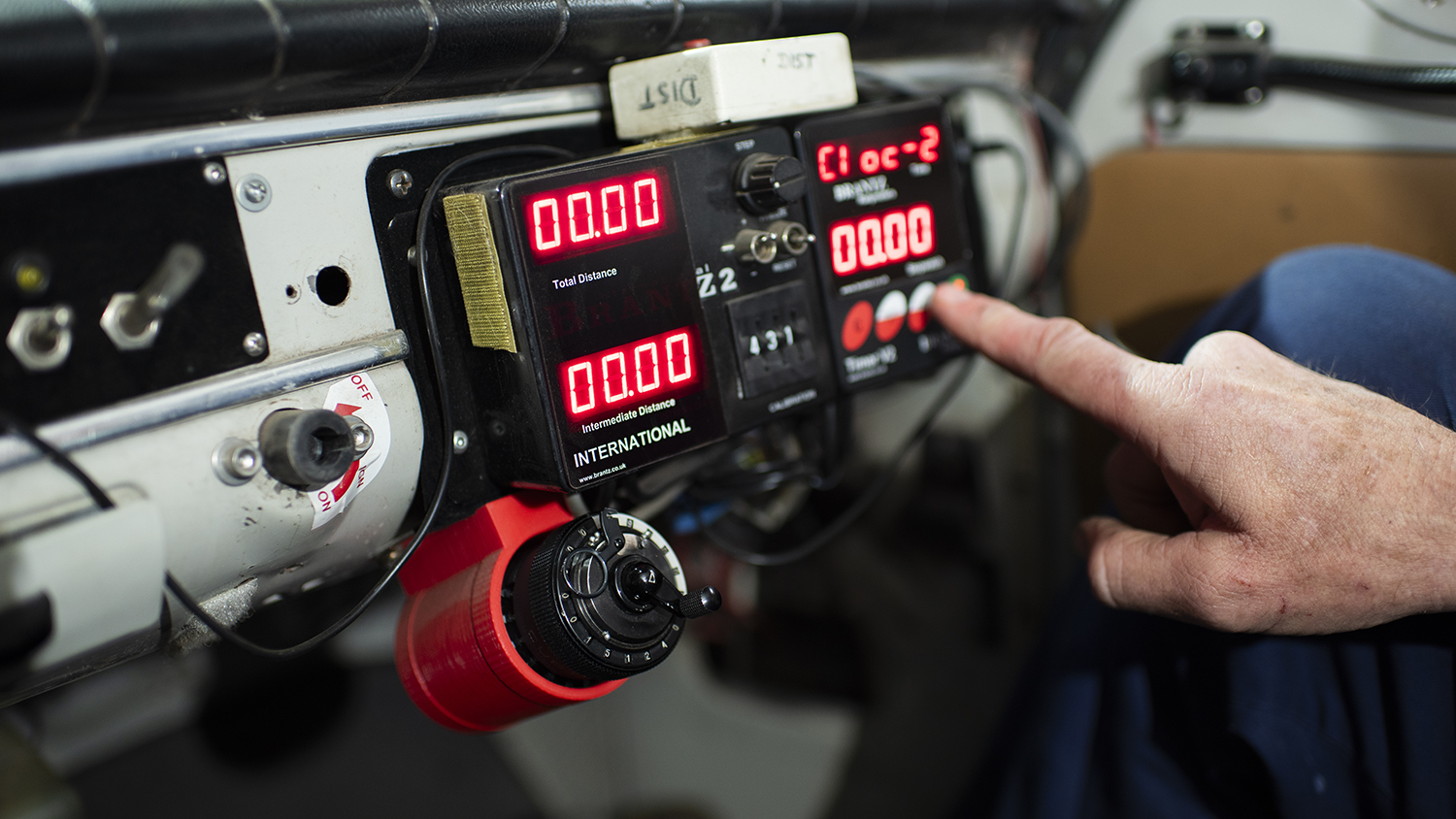
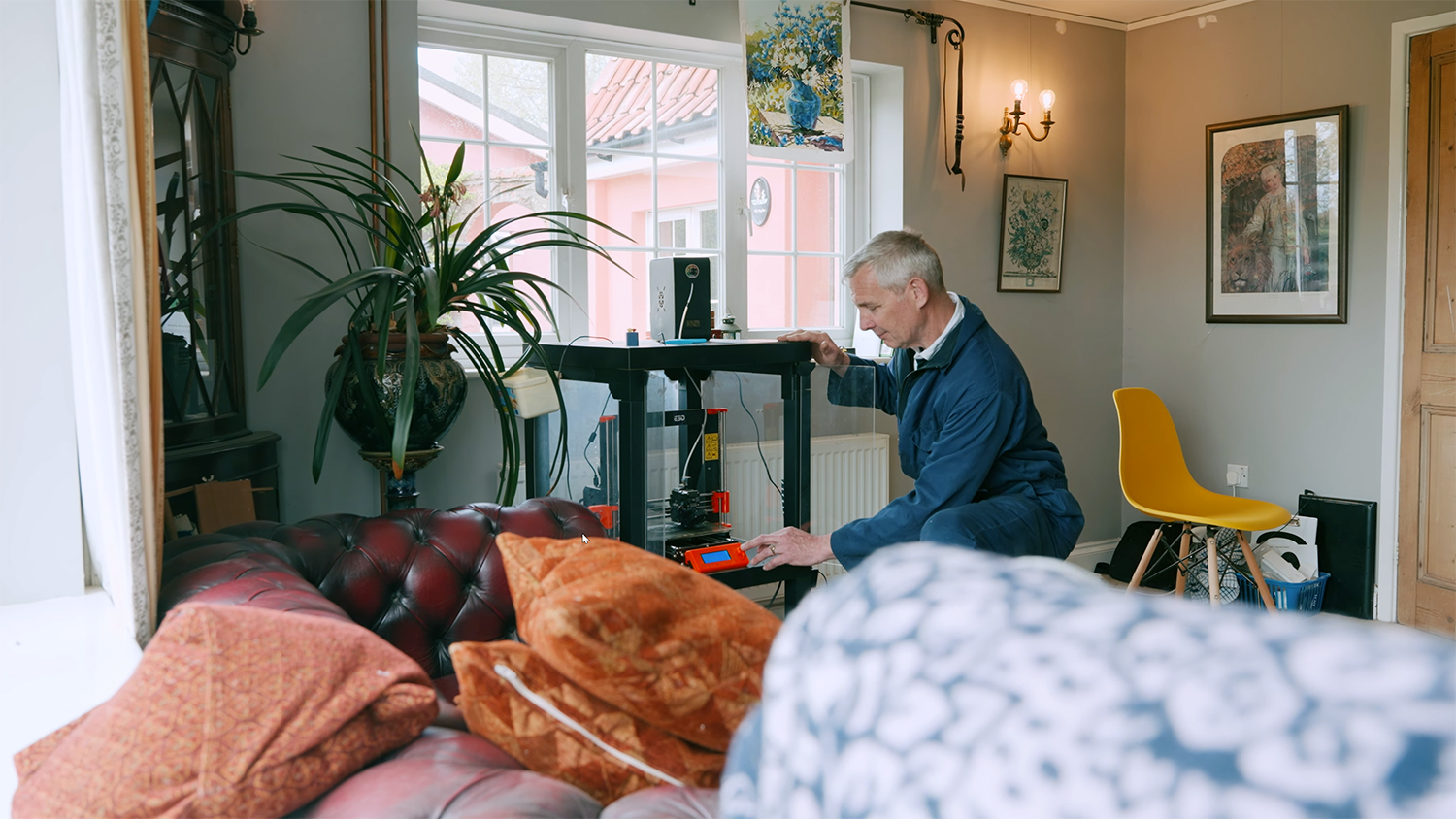
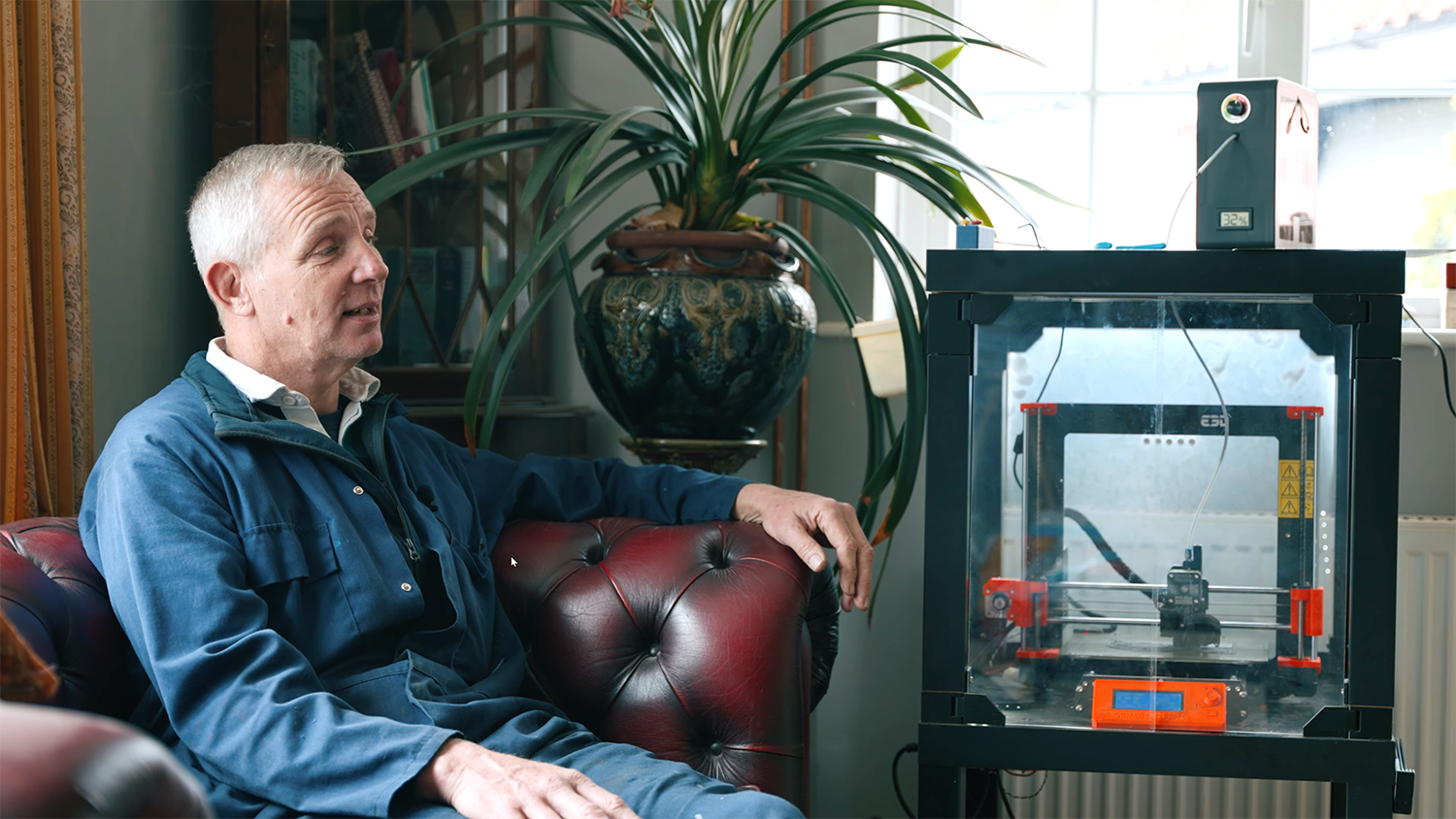
That's amazing to hear about the passion and skill involved in restoring classic Volvos! It's great that they can find parts with 3D printing. For those who may have a classic car and need help on the road, don’t forget to check out your <a href="https://www.ritewaytowingnyc.com/services"> local tow trucks </a>for reliable assistance in case of an emergency. Keeping these vintage beauties on the road is definitely a labor of love!